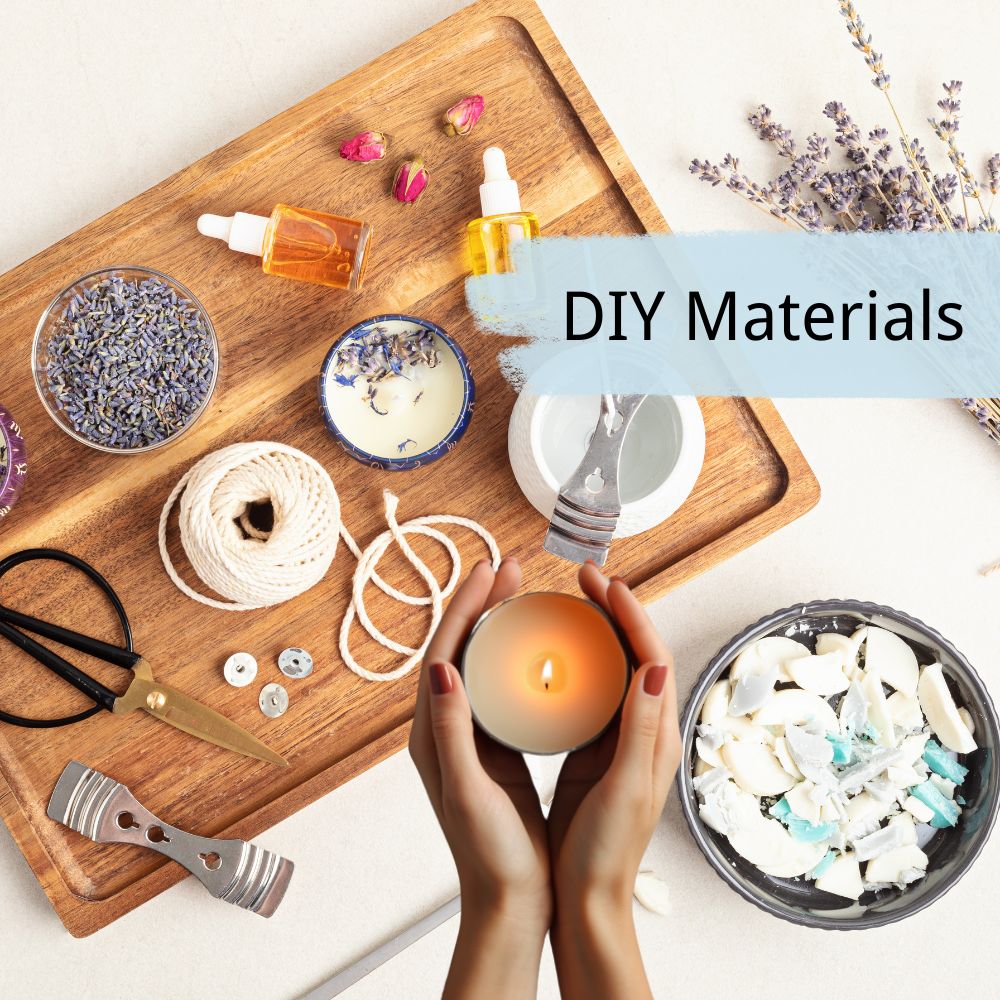Candles can help eliminate odors. The first time you burn a candle, it is recommended to burn for more than two hours to form a memory circle, and the type of wax used generally requires a small tray to prevent wax oil from dripping.
- Candle Lamp: It is best to purchase a lamp with a surrounding ring. A 500W lamp is recommended, usually adjustable to about 3 gear settings. The temperature is too high in the middle gear and can cause the wax to yellow.
- Melting Pot: A non-stick pot with a handle is preferred. Fast heat requires frequent stirring to reach an even temperature, and it is also possible to directly adjust the temperature by observing the color change on the pot’s surface.
- Wax: There are various types of wax including beeswax, soy wax, and paraffin wax, etc.
- Electronic Thermometer: When working with high temperatures, an extra heat sink can be added. You can also purchase a precision 0.01 electronic thermometer for better measurement, but it is not recommended to use a thermometer with a needle tip.
- Temperature Gauge: Use a thermometer to measure the temperature of the wax during melting. A needle-type thermometer can be more convenient to use, especially for observing changes in the wax’s temperature.
- Heat Gun: A heat gun can be used to melt the surface or parts of the wax. This can help even out areas where the wax is uneven or remove excess wax from the pot.
- Metal Stirring Rod: Used for stirring the liquid wax and fragrance.
- Candle Wick: Different sizes and types of candle wicks should be chosen according to the size and type of candle being made.
- Candle Wick Holder: When setting the wick in the candle, the wick holder can be used. You can also use a bamboo skewer or a pencil as a substitute.
- Punching Tool: Used to punch holes in molds for more intricate designs, especially when the mold does not have pre-made holes. These punches can also help with even heat distribution, making it easier to select the correct size wick.
- Screwdriver: Used for tightening the wick holder or adjusting other components during candle making.
- Plaster: Primarily used to smooth out surface imperfections in the mold and can be re-used after melting.
- Drill: Can help drill holes into the mold for setting the wick or creating more intricate designs.
- Essential Oil: Always use candle-specific essential oils. Do not use fragrance oils intended for other purposes.


